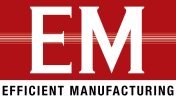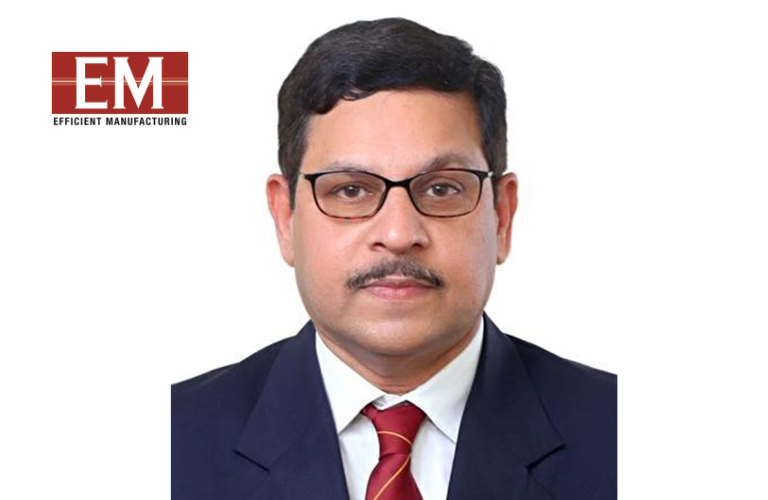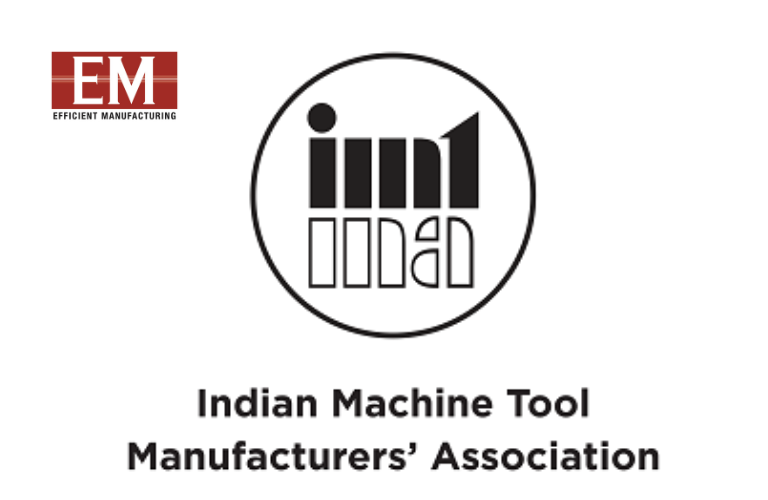| This article presents a comprehensive analysis of the quality transformation process implemented by Sterlite Power in transmission lines and substations across Tariff Based Competitive Bidding (TBCB) projects. The goal is to deliver reliable asset quality throughout the project life.
Arun Sharma
CEO,
Infrastructure Business,
Sterlite Power
The quality management system encompasses various aspects, including supplier, Engineering, Procurement, and Construction (EPC) company, and service provider onboarding parameters, Manufacturing & Field Quality plans, Quality Assurance (QA) and Quality Control (QC) contractual requirements, supplier-end inspections for zero-defect material delivery, and monitoring of critical-to-quality parameters (CTQs) at sites throughout foundation, erection, and stringing stages. Sterlite Power benchmarks processes to deliver first-time right (FTR) quality assets hence reduces the cost of poor quality (COPQ).
Quality management is a crucial aspect of the transmission sector as it ensures the electricity transmitted to consumers is reliable, safe, and efficient at Sterlite we have implemented a robust quality management system to ensure assets built can deliver services for more than 35 years without fail. This commitment to quality has helped Sterlite Power become a leading player in the power transmission sector, with a high-quality management team, excellent execution capabilities, and a marquee project portfolio. Despite competition and cost optimization, we have been able to execute and deliver reliable assets across India.
Ou focus on quality is also demonstrated through sustainable practices adopted throughout the project life cycle, such as optimizing transmission routes to reduce environmental impact. Additionally, the company has overcome transmission challenges with technology by implementing its 360° solutioning, innovation, project execution, and design capabilities. This is a testament to the company’s commitment to quality management and its ability to overcome challenges with innovative solutions.
Onboarding and Assessment of Partners
Onboarding and assessment of partners is conducted as EPCs, service providers, and suppliers based on document and on-ground assessment using defined templates and questionnaires. These assessments cover categories such as Quality Management System, Product Qualification, Product Technology, Manufacturing, Relevant Experience, Health and Safety, Design and Engineering, Financials and Legal, Project Management, and Execution.
Manufacturing Quality Plan and Inspections
After onboarding EPCs, a kick-off meeting is held to explain quality management processes, including supplier management, field quality, and QA QC norms for ensuring zero defects. Suppliers submit a Manufacturing Quality Plan (MQP) that outlines raw material procurement, in-process quality checks, and factory acceptance tests according to relevant IS/IEC standards and technical specifications. Inspections are carried out by competent authorities to ensure zero-defect products are delivered to project sites.
The tower materials, including high tensile steel and mild steel, undergo various tests to ensure their quality. These tests include mechanical tests such as ultimate tensile strength, yield stress, elongation, and bend test, as well as chemical tests that measure the chemical composition of the materials, including C, Mn, Ph, S, etc. Galvanization tests are also conducted to check the uniformity, mass, thickness, and adhesion of the zinc coating.
To ensure the quality of substation equipment, inspections, and tests as per relevant standards and technical specifications are conducted. Stage and final inspections are carried out at supplier premises to ensure zero-defect quality product supply at the site. Critical electrical tests are carried out on equipment such as transformers, reactors, gas-insulated switchgears (GIS), CVT, and wave trap, including high voltage tests, short circuits, gas leakage, and insulation resistance.\
Inspection reports are prepared with all parameters verified as per the manufacturing quality plan and reviewed by the Quality Manager to ensure validation of all tests. Once the results are in line with the requirements as mentioned in the MQP/relevant IS codes, a Material Release Note (MRN) is released to the supplier for dispatch of material/product to the project site.
Field Quality Manual and Critical-to-Quality Parameters
A Field Quality Manual is prepared in line with Indian standards and technical specifications, ensuring pre-inspection, in-process, and post-inspection checks for delivering first-time-right products. Sixteen CTQ parameters are defined, with stage-wise checklists prepared for monitoring and recording construction quality with documentary evidence, including photographs of construction quality. CTQs related to foundation quality (6 nos.) include excavation, silt content, slump cone test, cube sampling, concreting, and cube testing. CTQs related to erection (4 nos.) include tower erection tools, pre-erection readiness, torque tightening, and tack welding. CTQs related to stringing (6 nos.) include insulator handling and storage, conductor handling, conductor sag, conductor installation, OPGW tools, and OPGW installation, which are monitored on an activity basis in the field to ensure first-time right quality.
Ensuring the quality of tower materials is crucial for safe and efficient transmission of electricity. Our commitment to quality management is evident throughout its project life cycle, from onboarding and assessment to sustainable practices and innovative solutions. The company’s focus on quality has helped it become a leading player in the power transmission sector, delivering reliable assets across India.
Some highlights capture during real time execution at site:
We ensure the quality of its concrete foundations through concrete cube testing. The cubes are tested after 28 days of casting to determine the strength of the casted foundation. Special care is taken in the preparation and handling of the cubes i.e. baby care of cubes (preparation cubes by trained workmen, Interim curing, handling of cubes from site to stores, placing cubes in curing tank, maintaining temperature) to achieve a zero-cube failure rate.
The above process is implemented across projects and has resulted in a 99.99% pass rate.
Concrete mix: Concrete mix is a foundational material for any construction project. Proper concreting not only ensures the durability of projects but also their required strengths. To avoid common issues while concreting, it’s crucial to produce and prepare concrete of the requisite high quality with combination of cement, aggregates (10mm & 20mm), fine aggregates (sand), admixture and water. It is imperative that all ingredients be tested to determine their physical properties and the bearing capacity of the project location. The values of the physical properties obtained after testing are used as the basis for all concrete mix design considerations. 150 nos. of design mix are carried out in transmission line and sub stations for different grades i.e., M20, M25, M30, M35, M40 to cast open cast and pile foundations.
At locations with water scarcity, a curing compound is used to get the required strength. Concrete curing compound helps prevent the loss of moisture content from the concrete. Back-to-back and diagonal dimensions are checked during concreting and post backfilling to ensure all 4 pits dimensions come in a single-digit range of tolerance. Sterlite has so far casted 1000 pile foundations across projects, with verified quality for depth and integrity by conducting Pile integrity test (PIT) with a 100% pass rate. Pile Integrity Test (PIT) is a widely used non-destructive test method for the evaluation of pile quality and integrity. Many times, foundation of transmission towers is done over high-water table ground surface, in such cases well point system is used to ensure smooth execution by eliminating mismatch risk of foundation dimension and level (settlement). Implementation of Well point system (WPS) in our projects enables us to deliver good quality foundation in geographical areas with high ground water table.
Continuous Improvement and Root Cause Analysis
As a part of continuous improvement, Cross-functional teams analyze critical issues and bottlenecks that may impact project progress and asset quality. Team, including site supervisors, project managers, quality engineers, and EPC team members, analyzes key issues like cube failure, improper backfilling and curing, and member missing during erection work. The team uses 7 QC tools and why-why analysis to find the real root cause of the issues. Actions are defined after RCA and implemented across project sites with close monitoring to eliminate issues and deliver satisfactory results.
Training and Quality Tool Box Talks
Trainings and quality TBTs are conducted at the site before the start of work for each activity to ensure all activities are performed as per critical to quality requirements. The company prepares special videos covering Dos & Don’ts to deliver correct education/information to gang members for ease of understanding before the operation is performed to get first-time right results. The training hours imparted per person are monitored on a daily basis as a record, and interactions with gang members are done on a regular basis to know about their feedback and to check training effectiveness.
Cost of Poor Quality Reduction and Digitalization
Lessons learned from previous projects, critical issue analysis, risk identification, and mitigation actions have resulted in a reduction of the cost of poor quality by over 95% in the last four years. Digitalization of processes, such as the implementation of the Eagleye tool for capturing foundation CTQs, has improved data storage, quick retrieval, and overall quality management
We have been able to reduce the cost of poor quality and expedite project progress and completion without any delay by implementing the following measures:
- Learnings from previous projects
- Analysis of critical issues
- Risk identification
- Defining mitigation actions before the start of the project
The cost of poor quality is the difference between the expected costs of a product or service and the actual costs incurred. It can be divided into four major categories: prevention costs, appraisal costs, internal failure costs, and external failure costs.
Digitalization and Monitoring
Digitalization of processes is a critical component of quality management in Sterlite Power. We make use of technology for capturing site data (Critical to Quality) on a real-time basis to ensure the identification of potential system issues before they become major quality concerns. The Eagleye tool has been implemented across the site to capture foundation CTQs for effective data storage and quick retrieval, leading to improvement in Flip readiness, SPV Governance.
Open Forum and discussion:
Weekly project reviews on quality issues, improvements, and the way forward are conducted with all internal stakeholders. This initiative has given the right guidance, direction, and motivation to the quality team to deliver best outcomes, which in turn has resulted in good quality assets. The quality performance is further validated by external agencies (Vedanta & TUV SUD) via audits conducted on quality processes without having any major/minor concerns in the last four years. This approach helps Sterlite Power to identify potential quality issues and take corrective actions before they become major concerns.
Conclusion:
Quality transformation is essential for Sterlite Power to meet the increasing power demands and provide reliable assets for power transmission. The company has made significant investments in the following areas to improve the reliability and quality of electricity transmitted to consumers, contributing to a more sustainable future:
- Competent manpower
- Calibrated tools and machines
- Standardized methods and operating procedures
- High-quality materials with robust design
the country’s strengthening stride towards net zero, growing power demand, emphasis on power quality and reliability, push for manufacturing, and growth in per capita consumption of electricity make it crucial to take urgent action. The company’s focus on grid, reliability, and flexibility is critical to ensure 24/7 quality and reliable power to all.
The article is co-authored by Mr. Vinod Kumar Kalra, AVP-QHSE (Projects), Sterlite Power.












